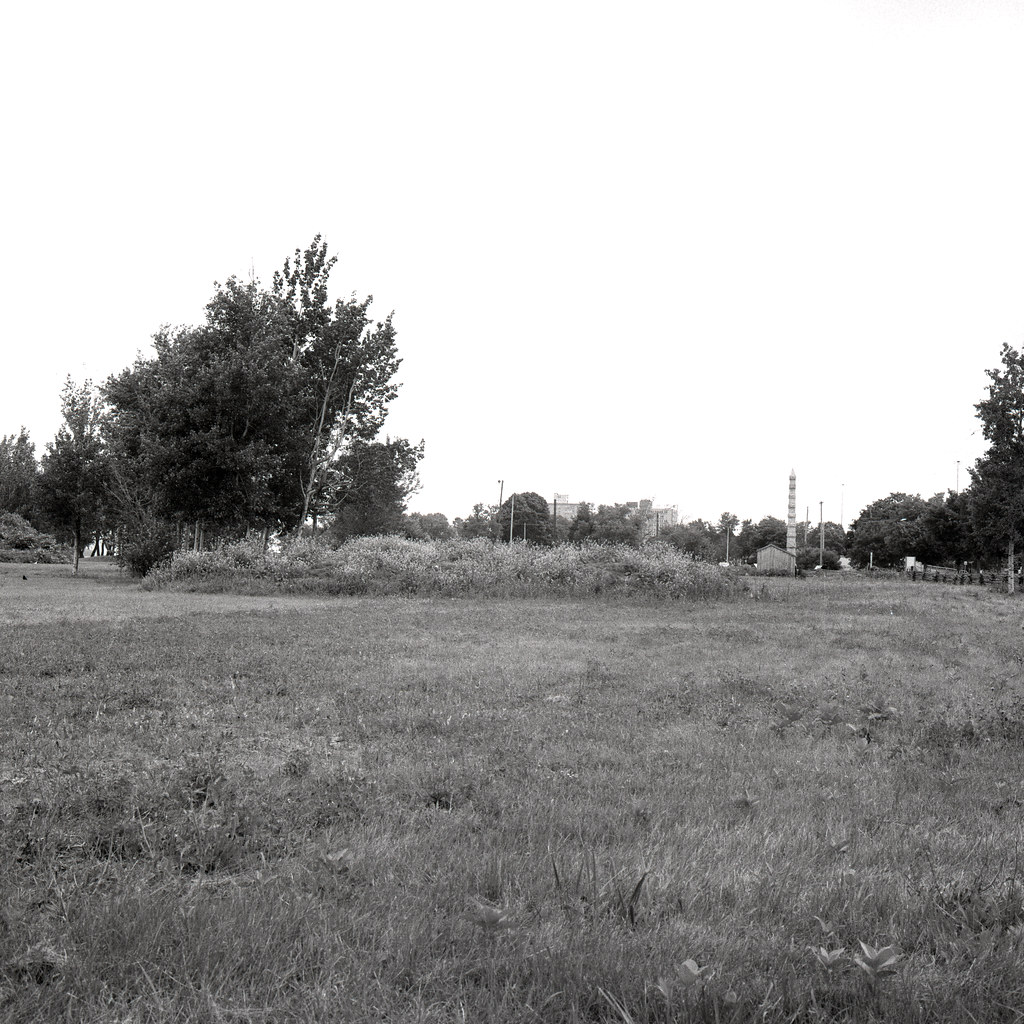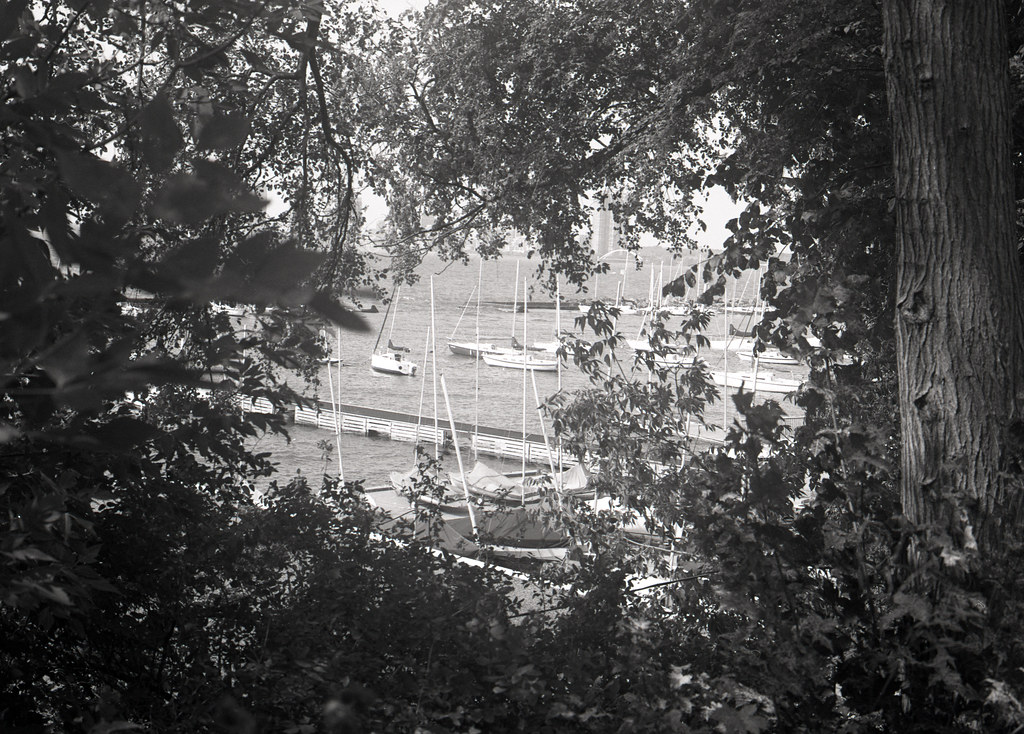A hero in his home state of North Carolina and bane to the British supply lines along the St. Lawrence River there isn’t much known about the early life of Benjamin Forsyth. What is known is passed down as family legend by his ancestors. Born around 1760 to James and Elizabeth Forsyth in either Hanover, Virginia or Stokes County, North Carolina lost his father at a young age. By 1794 Benjamin was beginning to establish himself with the purchase of some land in Stokes County near Germantown, North Carolina. He married in 1797 to Bethemia Ladd with whom he had six children. He joined the 6th US Infantry in 1800 as a Second Lieutenant serving only two months before an honorable discharge. He served in both 1807 and 1808 as the Stokes Country representative in the North Carolina General Assembly.

The raid against Gananoque was the one that put Forsyth on the map
Pentax 645 – SMC Pentax A 645 75mm 1:2.8 – Kodak Plus-X Pan – Kodak TMax Developer (1+4) 5:45 @ 20C
With tensions between the United States and England moving towards a war footing Forsyth rejoined the US Army this time as a captain in the newly formed 1st US Rifle Regiment. This elite group of sharp shooters used rifled muzzle loaded weapons rather than smooth bore muskets. They were sharp-shooters, snipers if you will. Captain Forsyth and his men were moved north when war was declared and by the fall of 1812 were raiding along the Canadian side of the St. Lawrence River. Their first action was at the small town on Gananoque which saw the American destroy British supplies and show a weakness in the lines. Further actions by ‘Forsyth’s Rifles’ earned the captain a reputation both among the American senior officers and the British, and made him a legend among his men. After four years in the service and no sign of promotion, Forsyth using the same tenacity he showed in the field wrote to President James Madison requesting a brevet (field) promotion to Major in thanks for his service. The President agreed and in January 1813 issued Forsyth a full promotion to major, then in February a field promotion to Lieutenant-Colonel. Using his new rank he lead another raid against the village of Elizabethtown, today Brockville, Ontario in retaliation for an earlier British raid. His raid a success he rescued the American prisoners and took several of his own along with supplies. Upon his return to his base at Ogdensburg, New York, the citizens feared a swift response from the British garrison and urged Forsyth to leave, he refused. The resulting attack by the British garrison at Prescott saw the town destroyed and the 1st US Rifle Regiment retreating to Sackets Harbor.

There isn’t much left in relation to the war in Ogdensburg these days…
Rolleiflex 2.8F – Carl Zeiss Planar 80mm 1:2.8 – Kodak TMax 400 – Kodak TMax Developer (1+9) 20:00 @ 20C
But the war was far from over for the men of the 1st US Rifle Regiment. Forsyth and his rifles continued on serving with distinction at the battles that saw York (Toronto, Ontario) and Fort George in the Niagara region captured. Following that they were moved back into the St. Lawrence region late in 1813 and while part of the campaign to capture Montreal they were not present at the two major battles at the Chateauguay and Crystler’s Farm. Forsyth would continue to lead raid in the last year of the war around Lake Champlain, his last action was at the battle of Odelltown in Quebec where he refused an order to retreat not seeing an ambush and for his actions was killed on the 28th of June, 1814.

Looking down at Lake Ontario near the landing site of Forsyth and his riflemen during the Battle of York
Pentax 645 – SMC Pentax A 75mm 1:2.8 – Kodak Tmax 400 – Kodak TMax developer (1+4) 6:45 @ 20C
Despite his final act and the general poor response from the officers for his insubordination Forsyth was a legend during the war, and is showed by the high view that General Henry Dearborn had of the man. Bejamin’s son would go onto to serve in the US Navy only to be lost at sea in 1829. His family would eventually move to Tennessee and lived out their lives quietly. In North Carolina Forsyth County was established in 1849 and a historic plaque is mounted on the side of the road near Germantown where his home once stood.
Written With Files from:
Web: ncpedia.org/biography/forsyth-benjamin
Web: www.ncmarkers.com/Markers.aspx?MarkerId=J-12